Learning Objective
How to make and use a Seeded Porridge
Update:
A year ago my team and I felt a wave of rage, frustration and helplessness as we watched events unfold over the past two weeks. We know that emotions, when used to fuel action do good. This recipe along with the recipes of many from ourcommunity were turned into a book Knead Peace, that has won a major award.
Andrew Green gathered recipes including our and introduced him to our publishers. The book is extraordinary and can be seen here. Congratulations to everyone involved with the book. It takes a huge amount of effort and dedication so it is amazing to say that the book has won two Gourmand awards.
There is a full guide of how you can use your bread as a protest here and a call to action.
FUNDRAISE.
There is a list of my top tips for fundraising here, which also includes some facts about the global impact this conflict will have on foods systems.
WE BAKE FOR PEACE
This recipe has been created by a whole team of people, including Team Hart bakery, Max at Sourdough Revolution and Dan, my business partner. We have carefully tailored it to ensure it can easily be integrated into breads in a professional bakery while still being suitable for domestic baking. It also happens to be delicious, with a natural, malted, treacly sweetness.
This porridge recipe is for all bakers, at all skill levels. We have tried to take into account the ability to source different ingredients worldwide, and to show how you can adapt your bread using poignant and politically relevant ingredients. Each ingredient, was thoughtfully chosen to not only nourish our minds and bodies, but to represent this moment in time, encouraging us to reflect as we make our bread and understand what it means to be a baker.
Rye – for fortitude
It’s a significant export of Ukraine and a common ingredient used across the Baltic states. It’s also delicious. Rye is the most flavoursome and comforting of grains, producing breads with an intricate combination of flavours and textures. It is dense, dark and chewy, with a deep, toasty tang. It has complex, deep, rich treacle notes that can’t be found elsewhere. It is full of fibre and produces a deep, dark loaf that is reminiscent of those baked by our ancestors, invoking a simpler way of life. It has a sweet nuttiness that you can even smell in the flour, which becomes positively aromatic as it bakes. Rye is widely grown in central and eastern Europe, and is a good source of dietary fibre. Studies show that sourdough bread baked with rye flour has been associated with many health benefits, including helping to control blood sugar levels.
Poppy seeds – for the immeasurable sacrifice of the Ukrainian people
I have included poppy seeds, which have a very well understood message from the battlefields of two previous World Wars. Red poppies are a symbol of both remembrance and hope for a peaceful future.The immeasurable sacrifice of the Ukrainian people cannot be underestimated. Poppy seeds are commonly used across Eastern Europe, and I hope they will be easily available to all bakers.
Sunflowers – for standing up to oppression
Sunflower seeds are one of the biggest exports of Ukraine, and the sunflower happens to be the country’s national flower. But the idea of using sunflower seeds was inspired by the recent video of the incredibly brave Ukrainian woman, who stood up with righteous indignation to a Russian officer, asking him to go home. The officer stood there with a weapon in his hand, and she offered him sunflower seeds to put in his pocket so that the flowers would grow after he was killed in battle.
In that moment, she was telling him that his life was a wasted life, and he would end up in the soil in Ukraine. There was something very poignant in her act, reminding us that the loss is on both sides – it is a loss to the world and a loss for the Russians. Russia’s propaganda machine is now being unveiled, as many of the soldiers did not and do not understand the true nature of their manoeuvres.
Coriander seeds – because war is loss on all sides
We’ve also used toasted coriander seeds, which lend a most exquisite perfume and flavour to the porridge. There is a well-known story of a Boradinsky bread using coriander as a representation of shock. By using this ingredient in the bread, we are reminding ourselves that violence is not the answer. War is loss on all sides. As we bake, we need to call for the cessation of violence – it is the only way forward. We need to talk.
Barley – because we are one earth
The final ingredient is sprouted barley. If you can get your hands on barley, it is a beautiful grain. Just a small handful of sprouted barley is used in the recipe. Barley is representative of the 1798 struggle in Ireland, where young rebel soldiers often carried barley in their pockets to eat during their marches. Wherever these young men had fallen, patches of sprouted barley grew on their unmarked graves the following year. There’s something incredibly poignant about that – it’s another reminder of the true cost of death and loss, and yet a symbol of regeneration and hope for the future. The barley is a reminder of the loss of life and return to soil – we are one soil, one planet, one people. Baking has no borders – it is without borders, without boundaries, without race, without age, without religion, without sex and without creed. We are bakers, we are brothers and sisters. We must pull ourselves together and remember all that is good in the world.
Seeds for solidarity – and for hope
As seeds grow, they remind us there is hope. At this point in time, it doesn’t feel like there is much hope. We are seeing some very disturbing plays being made by both sides. Looking at the way Putin is viewing the world, every move we make, he interprets through his lens. He is a man who needs to see reason through our eyes and the way we see the world now. I would encourage young bakers to speak out now, because it is your world that is being changed and threatened. And old politicians need to see the way that the world looks through young people’s eyes. For them to surround themselves with other old people with an outdated way of thinking is one of the most dangerous things. We must reconnect to each other and share our points of view. We also must come together unilaterally to call for peace and the cessation of violence, and to ask that Putin leave Ukraine immediately.
Method
Ingredients to make about 230–250g porridge
- 30g wholegrain rye flour
- 20g poppy seeds
- 20g sunflower seeds
- 10g lightly toasted coriander seeds
- 20g sprouted barley ( this takes 2 days )
- about 240g water
Method:
It’s really important to make this porridge well in advance of baking. Make it at least a couple of hours beforehand, giving it plenty of time to cool and take up the water.
First, combine the flour, seeds and sprouted barley in a saucepan. Add 120g of the water and put the pan over a low heat. Stir, making sure the mixture doesn’t catch on the bottom of the pan. As the porridge thickens, add the remaining water and keep stirring. Continue simmering and stirring until the porridge has reached the right consistency (see my tip below). It’s important that you don’t add too much water, but equally important that it isn’t under-hydrated. It’s difficult to give you a precise measurement for how much water you will need to get this balance right, because every grain and seed in the porridge mix will hydrate slightly differently. What you have to do is ensure the porridge is thoroughly cooked, which can take a good 8–10 minutes of standing over the pan and stirring.
TIP:
Remember that in order for the porridge to add to the gelatinisation of a sourdough bread, the ingredients have to be fully hydrated. My tip is that it is always good to end up with the mixture looking slightly more liquid than you think it should be, because it will continue to take up water and thicken when you take the pan off the heat and leave the porridge to cool.
If you do not have barley to sprout, then rye is perfect. Please listen to the audio file for information on how to sprout grains.
How to best use the porridge in your bread
After the dough has been mixed and the gluten has developed, weigh your dough, then add 10% of that weight in porridge to the bowl. Mix, prove, shape and bake as usual.
You can use this method in any existing standard sourdough recipes. In the video above, it has been used in our 20% Wholemeal Classic Sourdough Boule, which can be found online or on pages 114–116 of The Sourdough School book.
WE SUPPORT EACH OTHER’S MENTAL HEALTH
A wonderful tutorial on using the bread making process to help support mental health & remember to use your porridge bread as activism.
Love
Vanessa
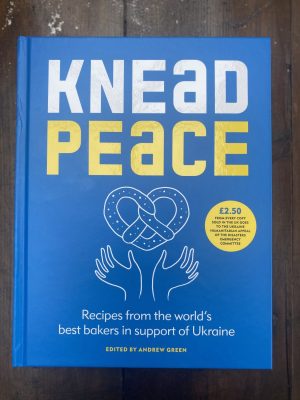 This recipe and many others by bakers from all over the world can be found in the book Knead Peace: Bake for Ukraine by Andrew Green.
This recipe and many others by bakers from all over the world can be found in the book Knead Peace: Bake for Ukraine by Andrew Green.
£2.50 from the sale of each books goes towards the Ukraine Humanitarian Appeal of the Disasters Emergency Committee.
Inspired by the resilient spirit of Anna Makievska and The Bakehouse, Kyiv, who have continued to bake day and night throughout the conflict, Knead Peace is a unique collection of beautiful bakes in support of Ukraine.
Donated by esteemed bakeries from across the globe, they include sweet and savoury breads, indulgent cakes and cookies, and delicious pies and tarts.
Learning Outcome
To stand up to oppression

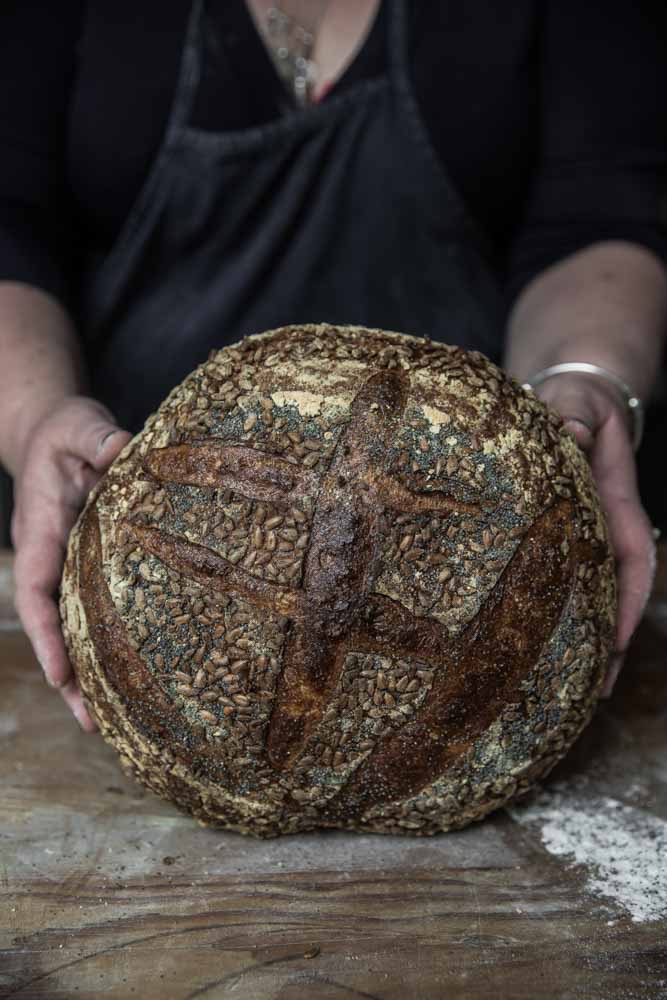
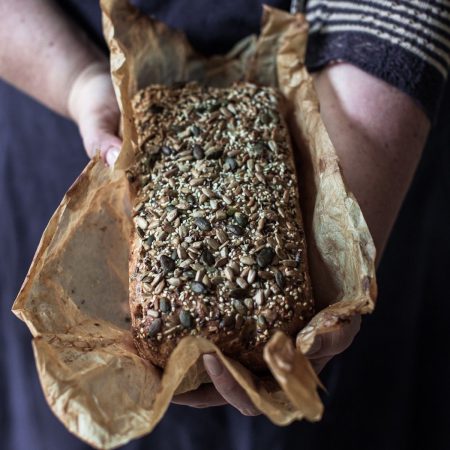
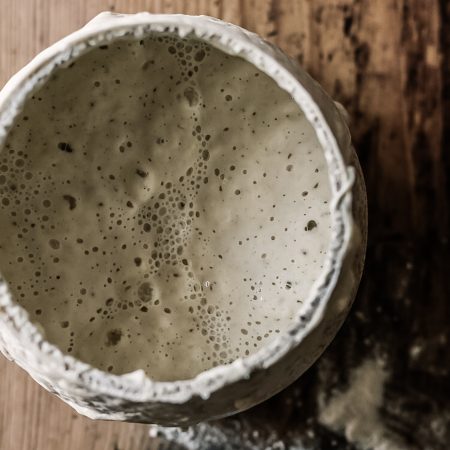
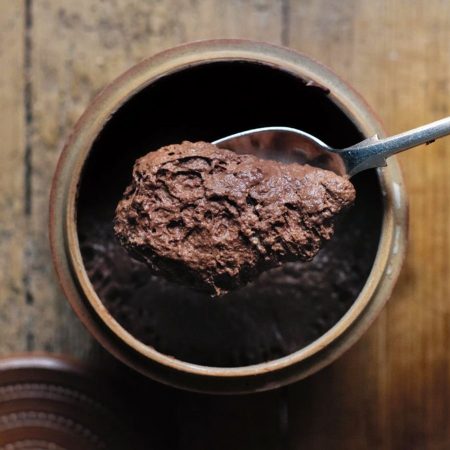
Hi! Excited to make this.
My porridge is quite thick and heavy. Made it last night. Is it ok to add this as is? Should I add it after first stretch and fold? Thanks!
Hi David. Yes, you can add the porridge during the last stretch and fold. If the porridge seemed too thick, you could try thinning it with a bit of water again.
Thank you Vanessa.
I am sure this will also taste amazing as well as a great initiative.
So the porridge amount, is that 10% of 1kg flour?
Thanks. Tara
Hi Tara. It depends which dough recipe you are following. But it’s 10% of whichever formula you use!
Amazing, very impressive, next books I will buy will be your.
Thank you for original recipe.
Hope I’ll find time to make it.
Beautifully put and gorgeous loaves! Thank you for this.
I look forward to making this peace brea. The portion porridge you have listed ,will go into a 500 gram sourdough loaf? The recipe for classic white sourdough or classic 50:50 boule will make 2 large boules. So does the Ingredients to make about 230g–250g of porridge, go into a full recipe to yield two loaves or is the porridge for one 500 gram loaf?
Hi Kim. So you should be using 10% of the dough weight in porridge whichever formula you use. This recipe makes more porridge than you’d need for just one loaf.